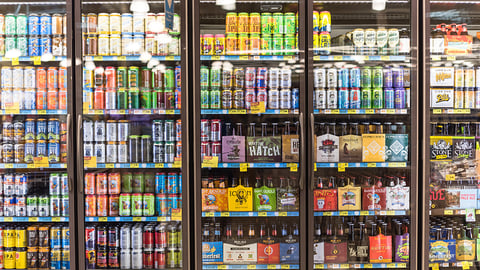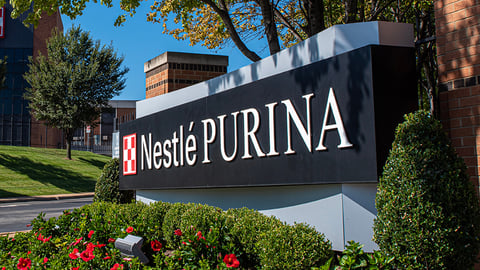The Art and Science of Loyalty Requires a Happy Marriage With Consumers
There are two often conflicting points of views in the effort to build consumer loyalty: "How do I get the most amount of revenue out of my consumer," queried Imteaz Ahamed, director of performance marketing for baby formula maker Reckitt, "and deliver the products they actually need?"
Earning both maximum revenue and lifelong loyalty from customers is no longer a tricky and often conflicting balancing act, but in this new era of data-driven product development, branding, and marketing, is now the expected result for all brands, according to Ahamed and his fellow panelists on the The Art and Science of Consumer Loyalty panel during CGT's Consumer Goods Sales & Marketing Summit.
All the panelists acknowledged that success is no longer measured by individual products and sales, or about collecting, analyzing, and exploiting consumer data, but the need to provide a 360-degree view of both products and experiences that keep consumers returning to a brand, to not only create loyal customers but brand evangelists.
What’s more, building modern brand and marketing strategies to create loyal consumers requires marrying the arts of product development, branding, and marketing brand strategies to the sciences of consumer data, and panelists agreed that understanding the corporate goals, business opportunities, and the consumer takes priority over building the technological and corporate ecosystems.
Listen to More View from Edmonson on Consumer Loyalty
Ravi Parmeswar, VP and chief analytics officer for Johnson & Johnson, cited how John Deere transformed itself from just a tractor seller to a solutions provider for farmers. "It's about providing the total solution in this space that I called the life sphere. Companies need to own that space, and that's the game that you're going after. It's not product, it's not services."
"We talk a lot about consumer experiences for driving loyalty, but part of the consumer experience is the biggest space, giving them a much more holistic view and then empowering them to make a decision that goes beyond your product services," he added.
Understanding the end consumer is not easy for CPG companies that don't sell direct to consumer. But, "if you don't have a direct-to-consumer side understanding, how would you be able to collect data? How will you be able to get to know that consumer deeply?" rhetorically asked Mark Edmonson, CMO of Materne North America, Gogo SqueeZ.
Panel moderator Andy Walter, strategic advisor and longtime Procter & Gamble IT leader, now retired, related how 20 years ago he and Edmonson started selling some P&G products on eBay in an attempt to collect direct consumer data. "It was just an experiment, but direct-to-consumer is just kind of table stakes now."
"We're observing consumer behavior," agreed Edmonson. "We're trying to understand how can we fit within the space? We're not going to just jump in. We want to make sure that we're delivering some form of value to the consumer once we're in that space. So we're concepting, we're testing those concepts, before we actually try to jump in."
Parmeswar built on this, noting one should "always start with a specific business use case in mind rather than the idea that if we build it, they'll come."
All the advanced consumer data platforms, AI, and even metaverse technologies now available can be tempting to play with. But the art of understanding who you're selling to has and always will be job one.
"You need to have that value exchange with the consumer so they have a meaningful reason to give you specified data," said Ahamed. "When you have that permission from them and you're giving them something of value, when you enrich that experience with further information … that's when it becomes meaningful and that's when you're adding that incremental value to the consumer's life, and that's enriching."






